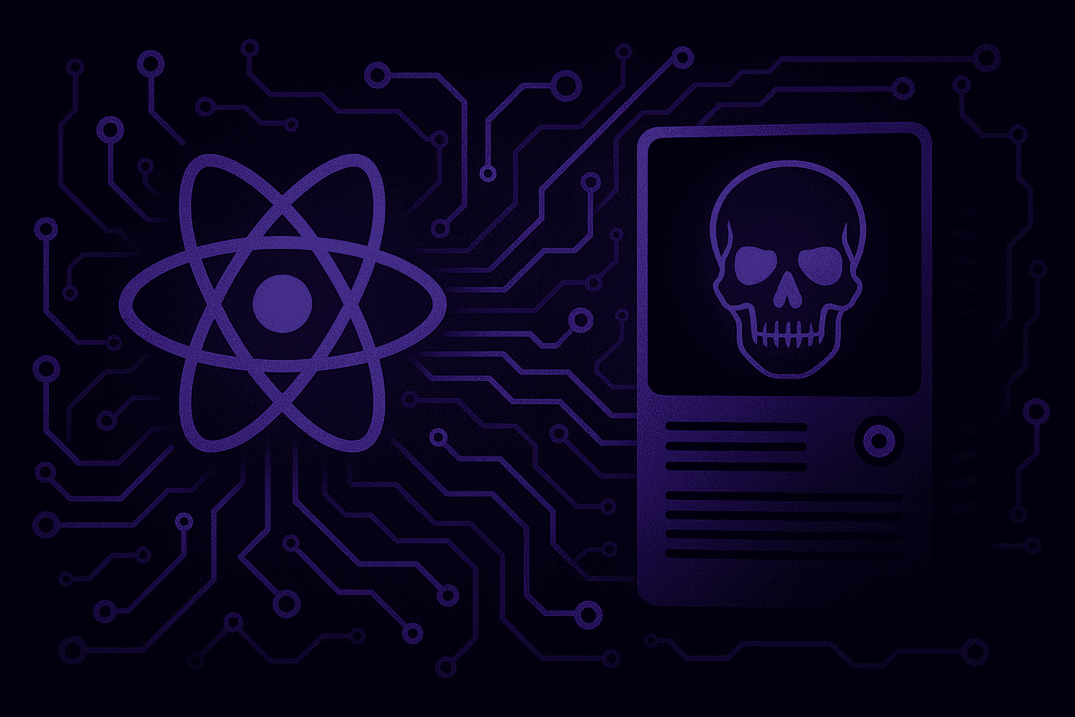Implementing SOAR Solutions: How Do You Select the Best SOAR Tools?
The world of security is changing and evolving, and traditional perimeter security is no longer enough. Hackers and malicious intruders are employing ever-more advanced techniques in their attempts to penetrate networks. With data security more important than ever, threat detection and response frameworks need to be faster and more effective to respond to modern cyberattacks.
Thankfully, SOAR (Security Orchestration, Automation, and Response) solutions have gained ground as powerful allies in the fight against cybercrime. Newer SOAR tools leverage artificial intelligence, machine learning algorithms, predictive analytics, and other methods. These allow you to identify risks earlier in the attack cycle than ever before – improving your ability to quickly respond to incidents without disrupting business operations.
Still not convinced? The growth of the SOAR market may offer further evidence of its success and importance. A 2019 report from KBV Research predicts that the SOAR market will grow to $2.25 billion by the year 2025, demonstrating a 16.3% CAGR in the intervening period.
Meanwhile, Gartner, who originally coined the term “SOAR” back in 2015, predicted that by 2022, 30% of organizations with cybersecurity departments larger than five people will use SOAR tools, compared to less than 5% in 2019.
Now, the salient question in a growing SOAR solutions industry isn’t whether you should use SOAR tools. That much is a given! More importantly, how do you select a SOAR tool that meets your company’s cybersecurity needs?
What Are the Key Characteristics of Effective SOAR Solutions?
In a nutshell, the primary purpose of a comprehensive SOAR solution is to improve the efficiency of security teams. SOAR can do this by streamlining and automating security workflows, improving threat detection and investigation, and accelerating incident response.
These functions are accomplished with various technologies and features shared by many of the SOAR products on the market. To narrow down your selection, you can refer to the following checklist of key characteristics:
- The capability to integrate with and ingest data from a wide variety of systems and platforms
- RESTful API support to assist in developing further integration
- Flexible workflow creation and automation to help streamline security processes
- Deep analytics to identify characteristics of complex attacks and allow for forensic analysis
- User and entity behavior analytics (UEBA) to identify potential insider threats
- Collaborative investigation tools to enable teams to work together on post-incident analysis
How Do You Pick the Right SOAR Solution for Your Company?
After going through this checklist and narrowing down your options, you need to consider your organization’s specific needs. These questions are also relevant in understanding how to implement SOAR for your company.
What Are Your Compliance Needs?
Your company’s unique regulatory requirements will influence a large part of the selection process. Do you need GDPR compliance, which mandates a 72-hour reporting window for data breaches? Are you aiming to comply with the upcoming CPRA (Prop. 24) rules? Do you need to work with industry-specific regulations, like HIPAA or GLBA?
These questions are critical in choosing a SOAR provider because you’ll want to ensure that your chosen tool can help you achieve your desired compliance. Look for SOAR technology accredited with the standards you are looking for or offers features that allow you to maintain this compliance.
What Platforms Do You Need to Secure?
One of our essential feature checklist items is a RESTful API that can be leveraged to add further integration. However, the average security team uses many tools in managing enterprise security. It would be better to select a SOAR solution with out-of-the-box integration with your systems. This will reduce the work you need to deploy and fit it into your workflow.
Is the Solution Cloud-Ready?
A growing number of security suites are transitioning to the cloud along with other enterprise applications and data. On-premises IT is making less sense for larger organizations due to the various benefits of cloud infrastructure in scalability, security, and convenience.
Similarly, whether you’ve already migrated, you need a SOAR solution that is flexible and scalable enough to be deployed into a cloud environment. This will ensure maximum compatibility and futureproofing.
Do You Need SIEM or SOAR?
SIEM (Security information and event management) is a related technology often brought up along with SOAR. SIEM refers to security frameworks that collect and analyze security-related data from sources such as:
- Firewalls
- Data loss prevention tools
- Operating system security suites
- Intrusion detection systems
SIEMs initially provided little more than essential analytics tools and monitoring. They were meant to co-exist with and augment other security tools. However, modern SIEMs have extensive capabilities that include threat detection and automatic recommendations, centralized logging and forensic support, and adding automated workflows to give security teams playbooks for incident response.
These features overlap much with SOAR, and indeed, many powerful SIEMs already explicitly integrate SOAR capabilities. If you’re using SIEM already, you need to determine whether you need a SOAR solution that augments your SIEM system. Alternatively, you can overhaul the entire SIEM framework and replace it with one that already integrates SOAR.
How Do You Implement SOAR?
Knowing what your SOAR needs are is already the beginning of SOAR implementation. The subsequent phases are about preparing to integrate SOAR with your current processes.
1. Identify Your Incident Response Workflows
Automation is one of the most significant selling points of SOAR. However, without knowing how your workflows can best be optimized and adapted to automation, you may not be able to reap the benefits.
To get started, map out your response flows and identify tasks that can be automated. These can then be included as tasks in your SOAR system. Keep in mind that if the workflow is heavily reliant on manual input and checks, you may opt to overhaul it entirely and design it with automation in mind.
2. Start with the Most Automation-Friendly Tasks
Many security responses are bottlenecked by areas that require critical human analysis. You don’t want to automate these right away. Instead, look at menial tasks like automation of simple alerts—basically anything that doesn’t require much brainpower. Automate these first, and you won’t even notice that you’re not doing them manually anymore.
3. Keep Learning
Just as cybersecurity threats are constantly changing, so does the cybersecurity landscape. Keep researching threat response best practices and find out how to implement them as workflows and playbooks. Make changes to your processes based on past events. Constantly monitor your incident response results and adapt accordingly!
LogPoint: Integrated SOAR at Your Fingertips
However critical it is to your security operations, SOAR is only one part of the equation. A comprehensive cybersecurity platform that integrates cross-compatible SIEM, SOAR, and UEBA capabilities will bolster your security capabilities and allow you to respond to threats more efficiently and effectively than ever.
At LogPoint, we offer all of these in one seamless suite of tools. Our platform provides a complete array of detection, investigation, and response playbooks that can make it easier than ever to respond to cybersecurity threats. We are certified by various security standards, and our platform is highly flexible and scalable, ready to adapt to your needs.
Are you ready for your cybersecurity efficacy to SOAR? Contact us now, and let’s work together to determine the best platform for the job.



